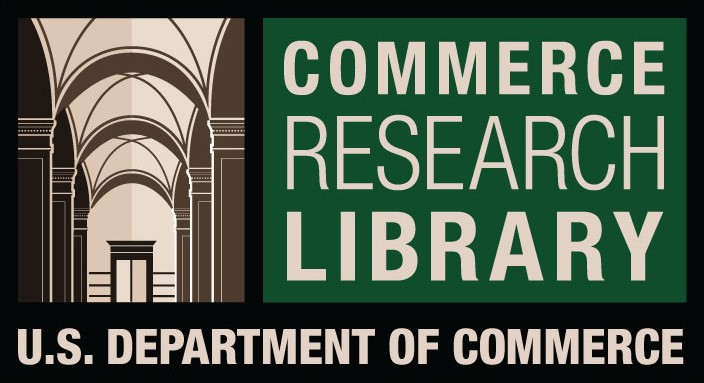EFFICACY OF COGNITIVE-BEHAVIORAL TRAINING ON LABOR ANXIETY IN PREGNANT WOMEN
DOI:
https://doi.org/10.61841/13myqt95Keywords:
Cognitive-Behavioral Skills Training,, Pregnancy Period,, Labor Anxiety.Abstract
The purpose of the present study was to investigate the efficacy of cognitive-behavioral training on labor anxiety in pregnant women. The research method was quasi-experimental (pre-test and post-test) with control group. The study population included all pregnant women who were in late second trimester or early third trimester and had anxiety according to Hartmann labor anxiety questionnaire. Among study population referring to health centers in Tehran, 80 subjects were selected by convenient sampling and were randomly assigned into experimental and control groups. Research data were collected by Hartmann Labor Anxiety Inventory. The experimental group received 12 90-minute sessions of cognitive-behavioral training during pregnancy. Data were analyzed by covariance analysis through SPSS software. The results showed that prenatal cognitive-behavioral skills training was effective in decreasing anxiety in pregnant women and encouraging them to vaginal delivery. The mean score of labor anxiety in pregnant women was lower than the control group after the intervention, and the difference was statistically significant (P <0.05). Prenatal Cognitive-Behavioral Skills Training can be used by specialists as an educational approach to reduce the anxiety of pregnant women, to drive them to prefer vaginal delivery rather than cesarean section, and to help the mothers create a suitable environment for development of children Mental health services.
Downloads
References
1. Alehagen S, Wijma B, Wijma K (2011). Fear of childbirth before, during, and after childbirth. Acta Ob Gyn Scan; 85(1):56-62.
2. Condon, J. T. (2011). Altered cognitive functioning in pregnant women: A shift towards primary process thinking. British Journal of Medical Psychology, 60(4), 329-334.
3. Delaram M, Soltanpour F. [The Effect of Counseling in Third Trimester on Anxiety of Nulliparous Women at the Time of Admission for Labor]. Zahedan J Res Med Sci. 2012; 14(2): 61-5.
4. Duncan, L. G., & Baradacke, Nancy. (2010). Mindfulness-Based Childbirth and Parenting Education: Promoting Family Mindfulness During the Perinatal Period. J Child Fam Stud, 19, 190-202.
5. Duncan, Larisa., & et al. (2014). Mind in Labor. the journal of Alternative and Complementary medicine, A17-A17.
6. Escott D, Slade P, Spiby H, Fraser RB. Preliminary evaluation of a coping strategy enhancement method of preparation for labour. Midwifery. 2005;21(3):27891. DOI: 10.1016/j.midw. 2004. 12.009 PMID: 15967550.
7. Figueiredo, Bárbara., & Conde, Ana. (2011). Anxiety and depression symptoms in women and men from early pregnancy to 3-months postpartum: Parity differences and effects. Journal of Affective Disorders, 132(1), 146-157.
8. Ghahrameni J, Valizadeh Bahroz M. 2016. Evaluating The Role of Pregnant Women Participation in Prenatal Education Classes in Choosing the Type of Delivery in Zanjan Hospitals. J Urmia Nurs Midwifery Fac. 14
(7) :658-664
9. Hossein Khanzadeh A, Rostampour A, Khosrojavid M, Nedaee N. 2017. Effectiveness of cognitive- behavioral education on anxiety during pregnancy and delivery method in primiparous women. Journal of Nursing Education. 5 (6) :24-32
10. Huizink, A., De Medina, P., Mulder, E., Visser, G., & Buitelaar, J. (2004). Prenatal maternal stress, HPA axis activity, and postnatal infant development. International Congress Series, 1241, 65–71.
11. Joanna, J., & Arch. (2014). Cognitive behavioral therapy and pharmacotherapy for anxiety: Treatment preferences and credibility among pregnant and non-pregnant women. Behaviour Research and Therapy, 52, 53-60.
Received: 22 Feb 2020 | Revised: 13 Mar 2020 | Accepted: 05 Apr 2020 7194
12. Peveler RC, Johnston DW. Subjective and cognitive effects of relaxation. Behav Res Ther. 1986; 24(4):413-
9. PMID: 3527138.
13. Sarbandi, Mahnaz; Mohammadkhani, Shahram; Moradi, Alireza. (2014). The effect of mindfulness-based childbirth education and parenting program on pregnancy anxiety of pregnant women and related psychological components. M.Sc., Faculty of Psychology and Educational Sciences, Kharazmi University.
14. Solchany, J.( 2003) .Issues of mental health in pregnancy. Int J Childbirth Educ. 18(1): 6-12.
15. Spice K, Jones SL, Hadjistavropoulos HD, Kowalyk K, Stewart SH. Prenatal fear of childbirth and anxiety sensitivity. J Psychosom Obstet Gynaecol. 2009;30(3):168-74.
16. Teixeira C, Figueiredo B, Conde A, Pacheco A, Costa R. Anxiety and depression during pregnancy in women and men. J Affect Disord. 2009;119(1-3):1428. DOI: 10.1016/j.jad. 2009. 03.005 PMID: 19346001.
17. Villar, J., Carroli, G., Wojdyla, D., Zabaleta, N., Faundes, A, Et Al. (2007). Material and Neonatal Individual Risks and Benefits Associated with Cesarean Delivery: Multicenter Prospective Study. BMJ.
18. Yousefzadeh, S., Esmaeili Darmian, M., Asadi Younesi, Mr., Shakeri, Mt. (2016). Effects of Training about the Benefits of Natural Childbirth During Pregnancy on the Attitude and Intentions to Select the Model of Delivery in Nulliparous Women. Journal Midwifery Repord Health, 4(3):704-11.
Downloads
Published
Issue
Section
License

This work is licensed under a Creative Commons Attribution 4.0 International License.
You are free to:
- Share — copy and redistribute the material in any medium or format for any purpose, even commercially.
- Adapt — remix, transform, and build upon the material for any purpose, even commercially.
- The licensor cannot revoke these freedoms as long as you follow the license terms.
Under the following terms:
- Attribution — You must give appropriate credit , provide a link to the license, and indicate if changes were made . You may do so in any reasonable manner, but not in any way that suggests the licensor endorses you or your use.
- No additional restrictions — You may not apply legal terms or technological measures that legally restrict others from doing anything the license permits.
Notices:
You do not have to comply with the license for elements of the material in the public domain or where your use is permitted by an applicable exception or limitation .
No warranties are given. The license may not give you all of the permissions necessary for your intended use. For example, other rights such as publicity, privacy, or moral rights may limit how you use the material.









